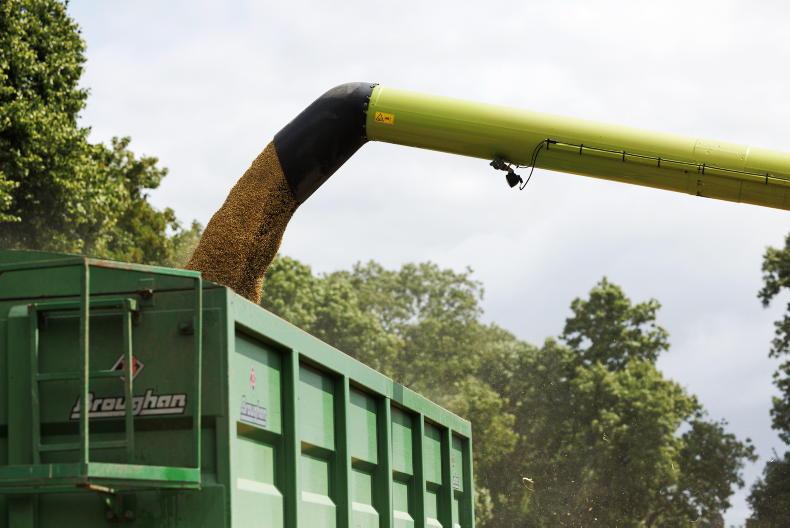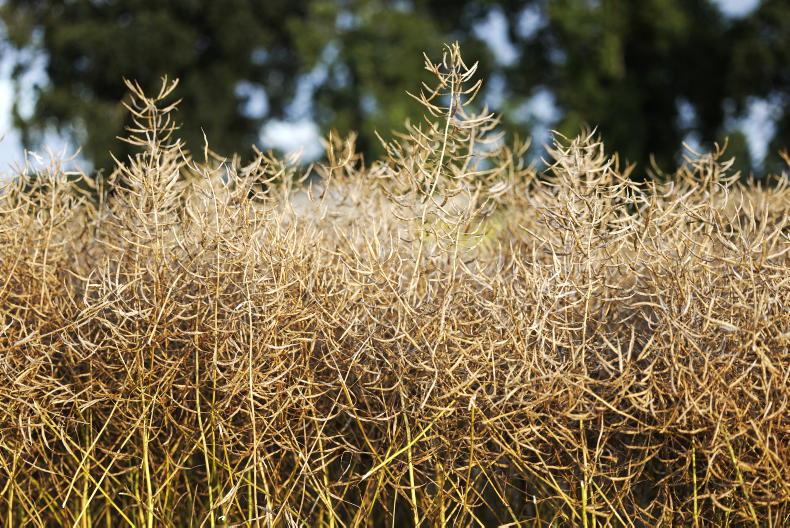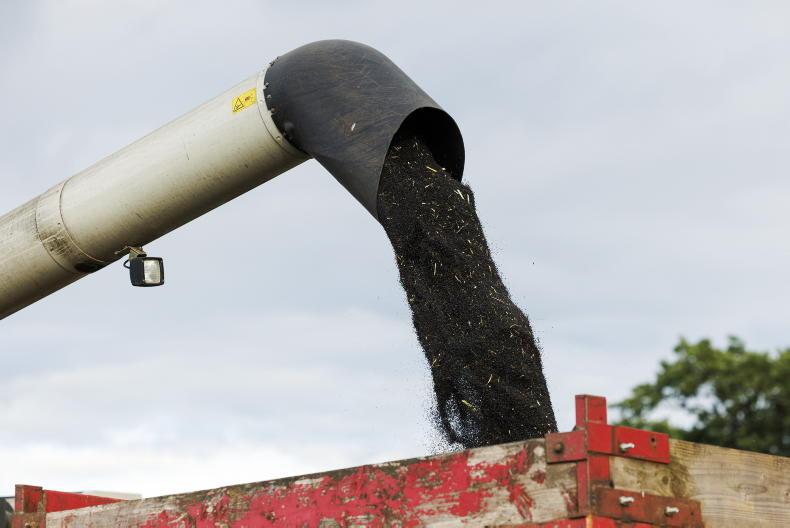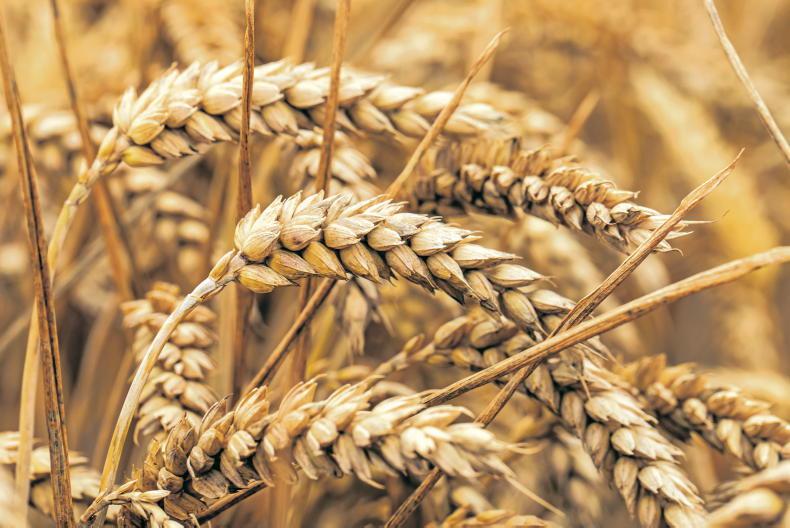There is very little movement in markets over the Christmas period, so this week we are looking at selling and what might affect markets in the new year.
This time of the year is quieter on tillage farms.
Yes, there is still work to be done, but there is time to catch up on crop records, costs and returns.
Knowing the costs and returns of all your crops is essential.
In order to decide on what price to sell your grain at, you need to know your costs, so get this job done as soon as possible and decide on a price that you are happy to sell at to spread risk.
This was brought up numerous times at Tillage Day 2024 and it was clear it is a job that more farmers need to do.
Having those figures to hand and deciding on a number to sell at makes the decision easier to make once you get a text message with prices from your co-op or merchant.
Forward selling
In recent years, harvest prices have worked out very well for people, but that doesn’t say it will happen every year.
That said, you are probably better off to either take the harvest price every year or do some forward selling every year, rather than dipping in and out of both of them, or else you may lose out badly in certain years.
If you are forward selling grain, then you should only be selling about 50% on your estimated production. You should be a little bit pessimistic with yield predictions as well.
You don’t want to be in a situation where you have sold grain, but don’t have that grain. At Tillage Day, Donal Moloney of Tirlán explained that farmers can sell as little as 20t at a time when forward selling grain.
If you think about that, you could be selling small amounts of grain every week or every two weeks or even once a month to get an average price from the season.
This would be spreading risk - something similar to the Boortmalt pricing system where an average price is taken every week from the middle of April to the middle of September.
2025 prices
Looking ahead to prices and it is very hard to know where they will end up this season. There was a lift in prices in December.
Teagasc economist Fiona Thorne estimated that prices could rise by 5% in 2025 at their recent Outlook Conference.
This prediction was based on the difference between historic predicted values of French wheat prices and the actual outcomes.
Teagasc estimated an increase in EU cereal production and an increase in Irish cereal yields. Looking at costs and Teagasc placed fertiliser prices down 5%, but fertiliser use up on a whole-farm basis.










SHARING OPTIONS